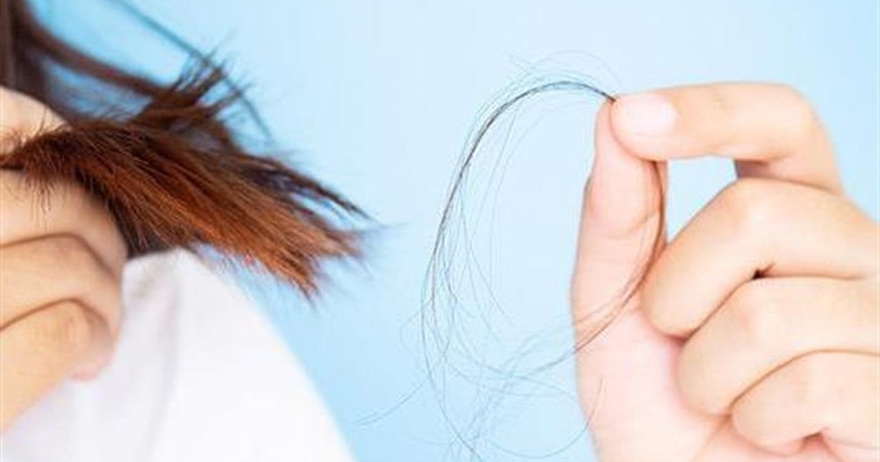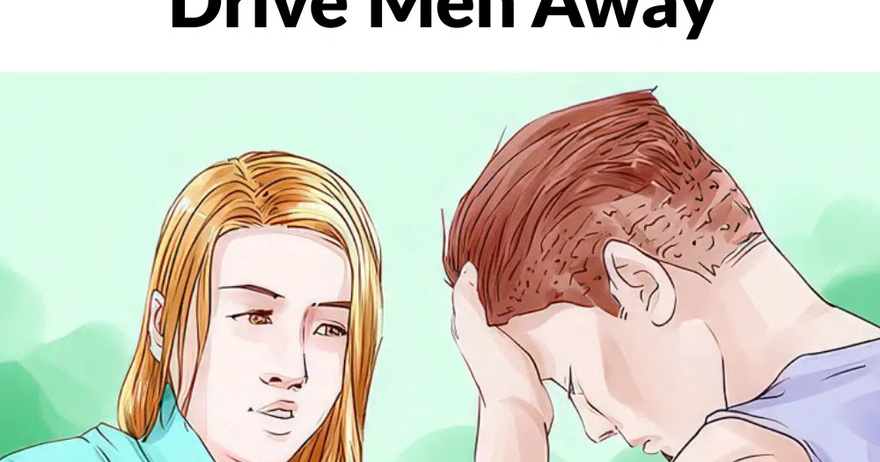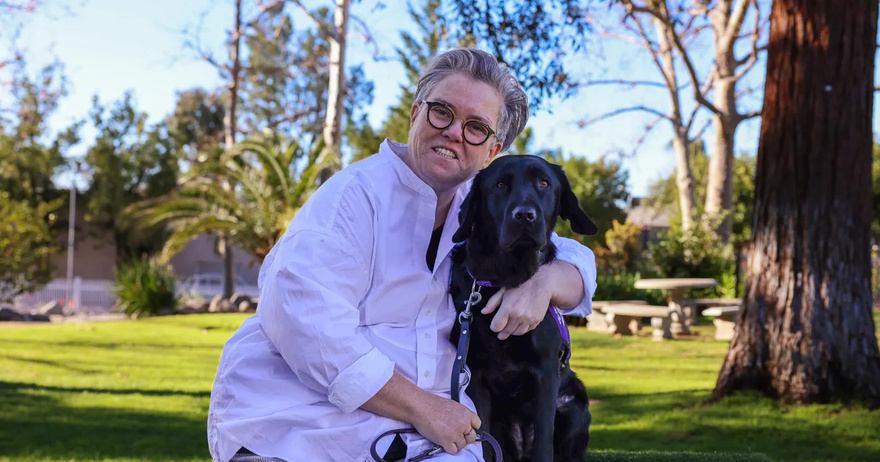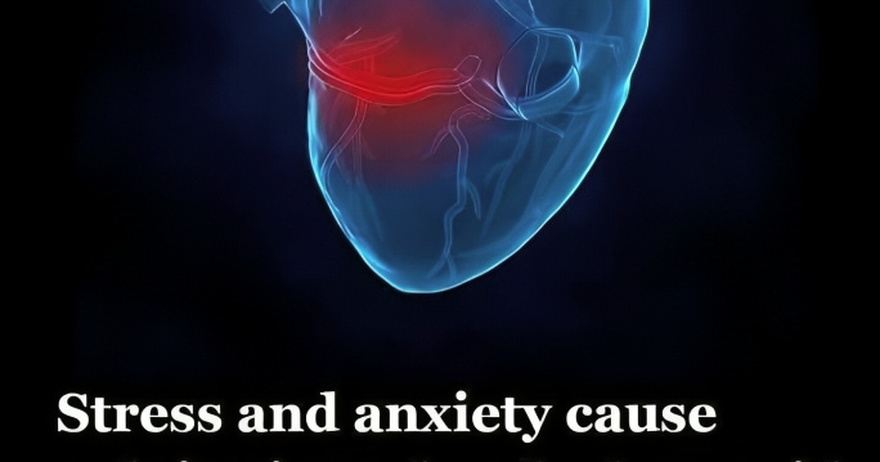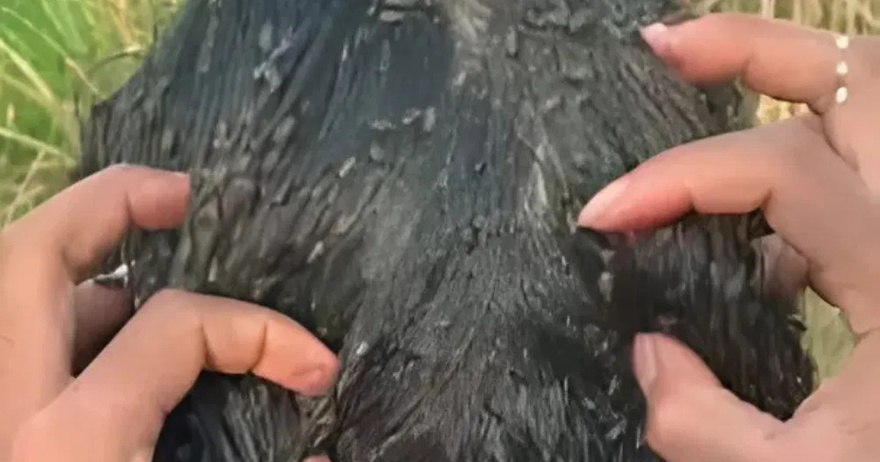Hair loss is a common concern that affects millions of people worldwide. Whether you’ve noticed a few extra hairs in the shower drain or you’re seeing more hair than usual on your pillow, it’s natural to feel alarmed. However, not all hair loss is a cause for concern.
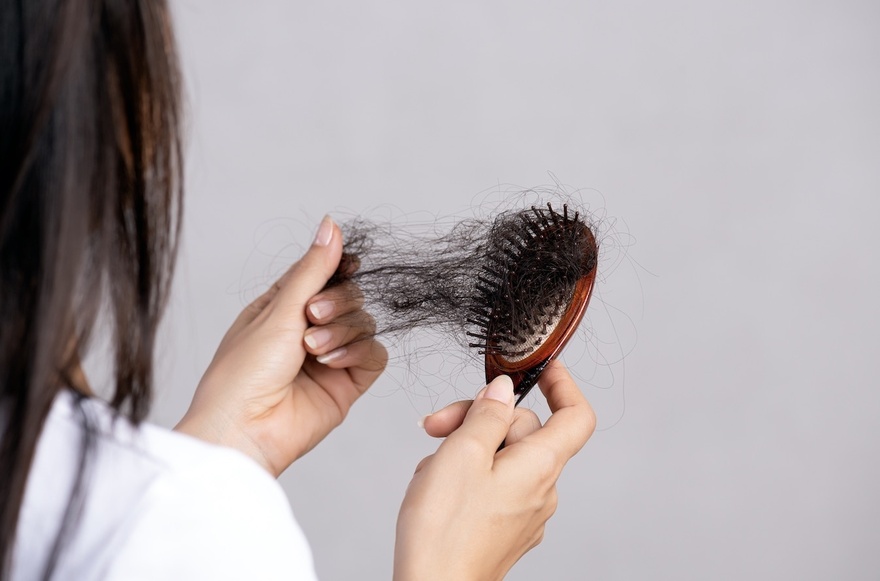
In fact, it’s completely normal to lose some hair every day. So, when should hair loss be worrying, and what factors can help you determine whether it’s normal or something more serious?
In this article, we’ll delve into the differences between normal hair shedding and more concerning types of hair loss, explore the factors that contribute to hair loss, and offer some practical advice on how to manage and reduce hair shedding.
Normal Hair Shedding: When Is It Not a Concern?
On average, a person loses between 50 to 100 hairs per day. This might sound like a lot, but when you consider that the average human scalp has about 100,000 hair follicles, this amount of shedding is negligible and part of the natural hair growth cycle.
The hair growth cycle consists of three phases:
- Growth Phase: This is the active growth phase of hair, lasting between two to seven years. Approximately 85% of hair is in this phase at any given time.
- Transition Phase: Lasting about two weeks, this phase is when hair growth stops, and the hair follicle shrinks.
- Resting Phase: During this phase, which lasts about three months, hair doesn’t grow but stays attached to the follicle. After this phase, the hair eventually falls out, and the cycle restarts with a new hair beginning to grow.
When you lose hair during shampooing or brushing, it’s typically hair that has reached the end of the telogen phase. Since this is a normal part of the hair cycle, there’s generally no need to worry about this type of shedding.

When Hair Shedding Becomes Concerning
However, if you begin to notice that you are losing more than the usual 50 to 100 hairs daily, it might be time to pay attention. Hair shedding that exceeds the normal range and continues over a prolonged period could indicate an underlying issue.
One common cause of excessive hair shedding is telogen effluvium. This condition occurs when there’s a disturbance in the hair cycle, causing a larger proportion of hair to enter the telogen phase simultaneously. This typically results in noticeable thinning of the hair, often three to six months after a triggering event.
Telogen effluvium can be triggered by various factors, including:
- Stress: Physical or emotional stress can shock the hair follicles into the resting phase prematurely. Events such as major surgery, a traumatic life event, or a significant emotional upheaval can lead to stress-induced hair shedding.
- Nutritional Deficiencies: A lack of essential nutrients, particularly iron, protein, and biotin, can contribute to hair loss.
- Hormonal Changes: Conditions such as pregnancy, childbirth, or discontinuing birth control pills can cause hormonal fluctuations that lead to temporary hair loss.
- Illness or Infection: Certain illnesses, such as severe infections or a high fever, can result in temporary hair shedding.
- Seasonal Changes: Some people experience increased hair shedding in late summer and fall, which is believed to be a natural response to seasonal changes.
If you suspect that your hair shedding is related to one of these factors, it’s essential to monitor the situation. Keeping track of how much hair you’re losing and any possible triggers can help you determine whether the shedding is temporary or if further action is required.

Types of Hair Loss: When It’s More Than Shedding
While shedding is a natural part of the hair cycle, hair loss is a different matter altogether. Hair loss, known medically as alopecia, refers to a more significant and often permanent reduction in hair density. Unlike regular shedding, hair loss typically results in noticeable thinning or bald spots.
There are several types of hair loss, each with its own causes and characteristics:
- Androgenetic Alopecia (Pattern Baldness): This is the most common form of hair loss, affecting both men and women. In men, it’s often referred to as male pattern baldness, characterized by a receding hairline and thinning at the crown. In women, it typically presents as overall thinning, especially at the crown and temples. Androgenetic alopecia is primarily genetic and can begin as early as puberty.
- Alopecia Areata: This is an autoimmune disorder where the body’s immune system attacks the hair follicles, leading to sudden, round patches of hair loss. It can occur on the scalp or other parts of the body. While the exact cause is unknown, it’s believed to be related to genetic factors and stress.
- Traction Alopecia: This form of hair loss results from physical stress on the hair, usually due to tight hairstyles like braids, ponytails, or hair extensions. Over time, the constant pulling can damage the hair follicles, leading to localized hair loss.
- Scarring Alopecia: This is a more severe form of hair loss where the hair follicles are destroyed and replaced with scar tissue. It can result from inflammatory skin conditions, such as lupus or lichen planopilaris.
- Anagen Effluvium: This type of hair loss occurs during the anagen phase of the hair cycle, usually as a result of chemotherapy or radiation therapy. It leads to rapid and widespread hair loss but is often temporary, with hair regrowing once treatment ends.
Reducing Hair Shedding and Managing Hair Loss
If you’re concerned about hair shedding or hair loss, there are several steps you can take to manage the situation and promote healthier hair growth:
1. Prioritize Scalp Care
Just as you care for your skin, your scalp requires attention too. A healthy scalp is the foundation for healthy hair growth. Here are some tips:
- Exfoliate: Regular scalp exfoliation helps remove dead skin cells, excess oil, and product buildup that can clog hair follicles and impede hair growth. You can use a gentle scalp scrub or a brush designed for exfoliation.
- Hydrate: Keeping your scalp moisturized is essential, especially if you’re prone to dryness or dandruff. Look for moisturizing shampoos and conditioners that are sulfate-free and gentle on the scalp.
- Serums and Treatments: Consider incorporating a nutrient-rich scalp serum or treatment into your routine. Ingredients like niacinamide, caffeine, and peptides can help nourish the scalp and promote hair growth.
2. Massage Your Scalp
Scalp massages are not only relaxing but also beneficial for hair health. Massaging the scalp increases blood circulation, which can stimulate hair follicles and encourage growth. You can use your fingertips or a scalp massager tool to gently massage your scalp for a few minutes each day.
3. Manage Stress
Stress is a significant factor in hair shedding, so finding ways to manage stress is crucial. Consider incorporating stress-relief practices into your daily routine:
- Exercise: Regular physical activity can reduce stress levels and improve overall well-being.
- Mindfulness and Meditation: Practices like yoga, deep breathing, and meditation can help calm the mind and reduce stress.
- Hobbies and Relaxation: Engage in activities that bring you joy and relaxation, whether it’s reading, gardening, or spending time with loved ones.
4. Consider Supplements
If you suspect that your hair shedding is related to a nutritional deficiency, supplements might help. Biotin, also known as vitamin B7, is often recommended for hair health, as it plays a crucial role in the production of keratin, the protein that makes up hair. Other supplements that can support hair growth include:
- Iron: Essential for healthy hair, especially if you have anemia or are at risk for iron deficiency.
- Zinc: Plays a vital role in hair tissue growth and repair.
- Vitamin D: Deficiency in vitamin D has been linked to hair loss.
Before starting any supplements, it’s best to consult with a healthcare provider to ensure they are appropriate for your needs.
5. Seek Professional Advice
If you’re unsure what’s causing your hair loss, or if you’ve tried various treatments without success, it’s time to consult a specialist. A dermatologist or trichologist can provide a thorough evaluation of your hair and scalp. They may ask about your medical and genetic history, diet, lifestyle, and stress levels. In some cases, they may recommend blood tests to identify any underlying conditions contributing to hair loss.
A specialist can also suggest personalized treatments, which might include topical treatments, medications like minoxidil or finasteride, or advanced procedures such as platelet-rich plasma (PRP) therapy.

Conclusion
Hair loss can be a distressing experience, but understanding the difference between normal hair shedding and more serious forms of hair loss can help you take the appropriate steps. While losing 50 to 100 hairs a day is normal, sudden or excessive hair loss warrants attention and may require medical intervention.
By prioritizing scalp care, managing stress, considering nutritional supplements, and seeking professional advice when necessary, you can reduce hair shedding and promote healthier hair growth. Remember, early intervention is key to managing hair loss, so don’t hesitate to seek help if you’re concerned about your hair health.
Woman Has 43 Surgeries To Look Like A Doll But She Looks Like A Zombie.
Jelly Roll Speaks Out After He’s Recommended for Pardon in Tennessee for Past Crimes
Brittany Cartwright Tells Ex Jax Taylor Not to Kiss Son Cruz, 4, After He Spends the Night with ‘Disgusting’ Girl
Nurse Secretly Told Me to Look Under My Husband’s Hospital Bed – What I Found There Made Me Call the Police
